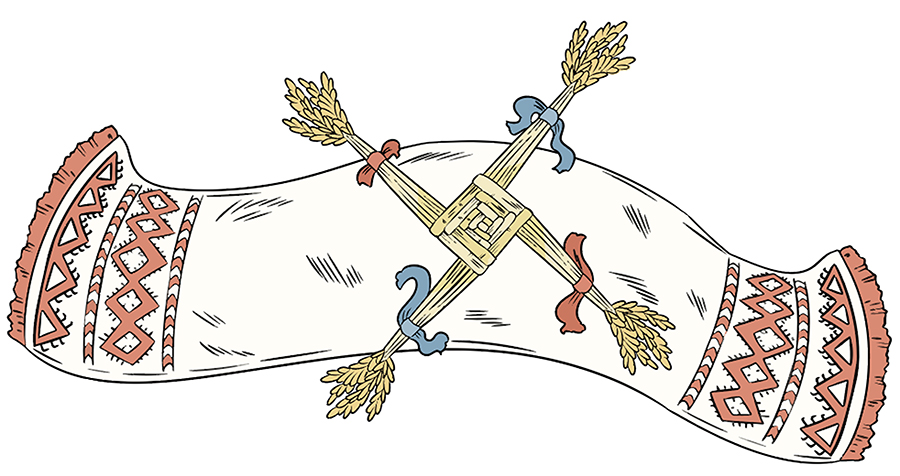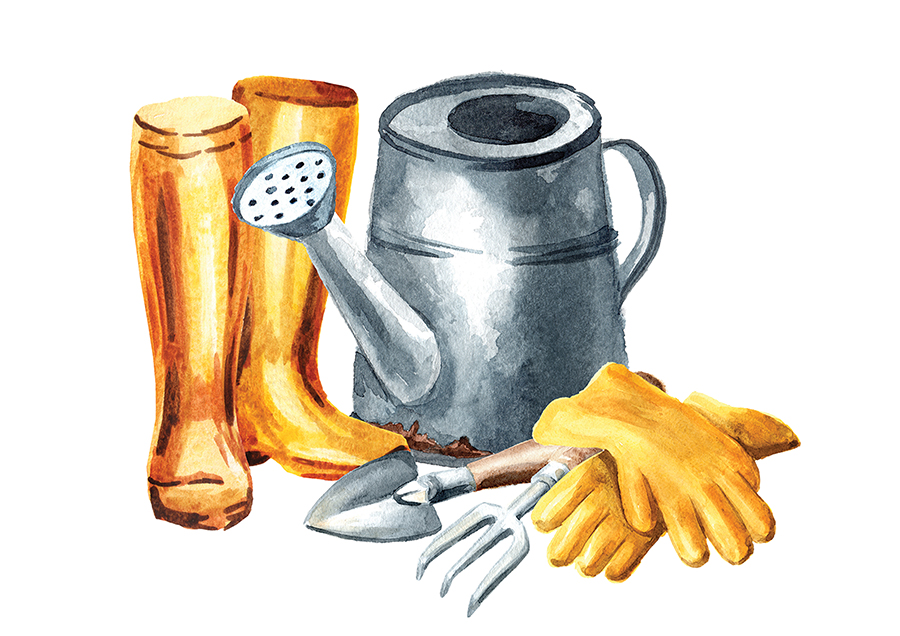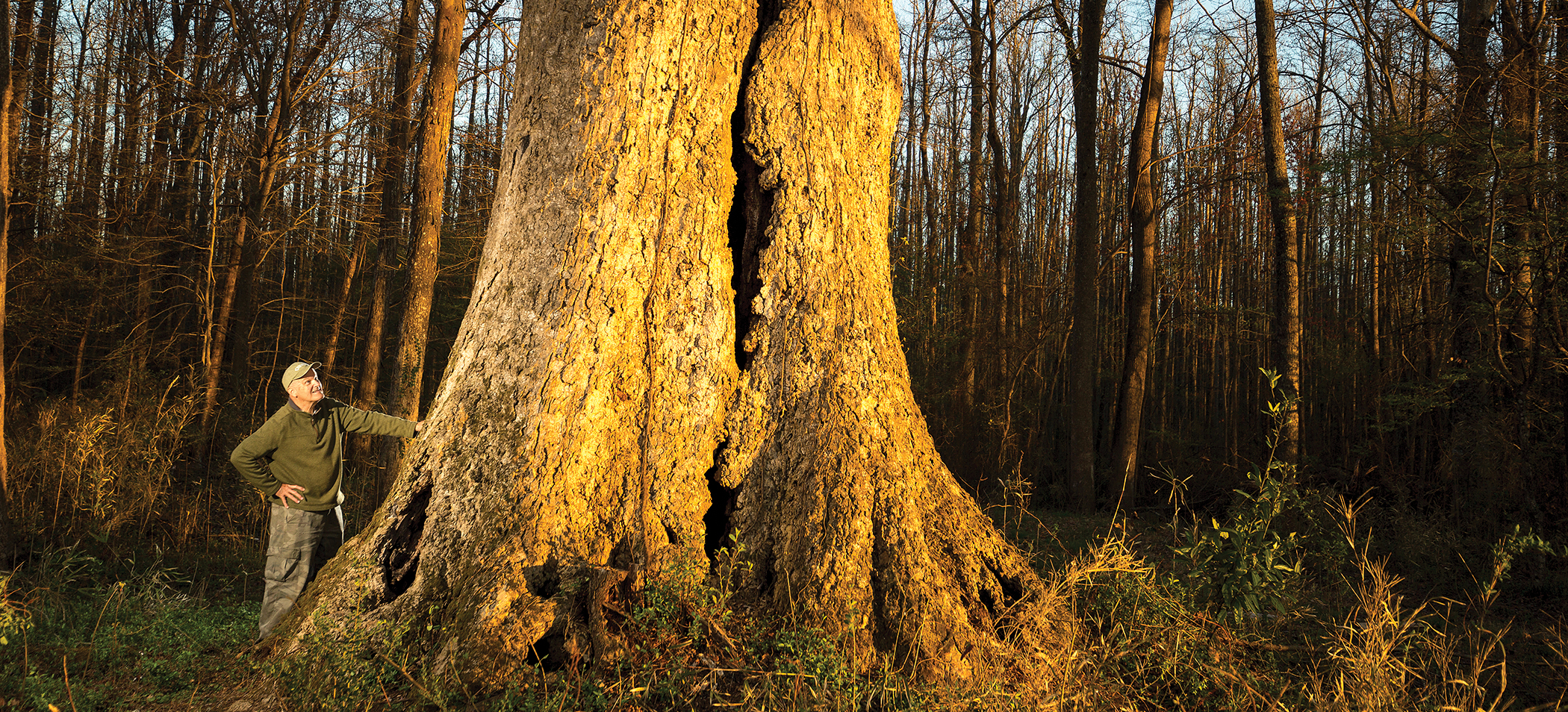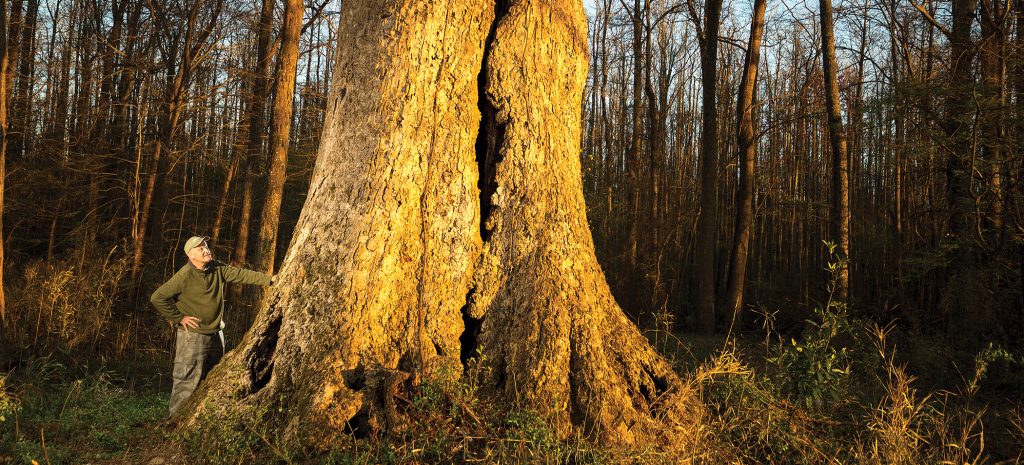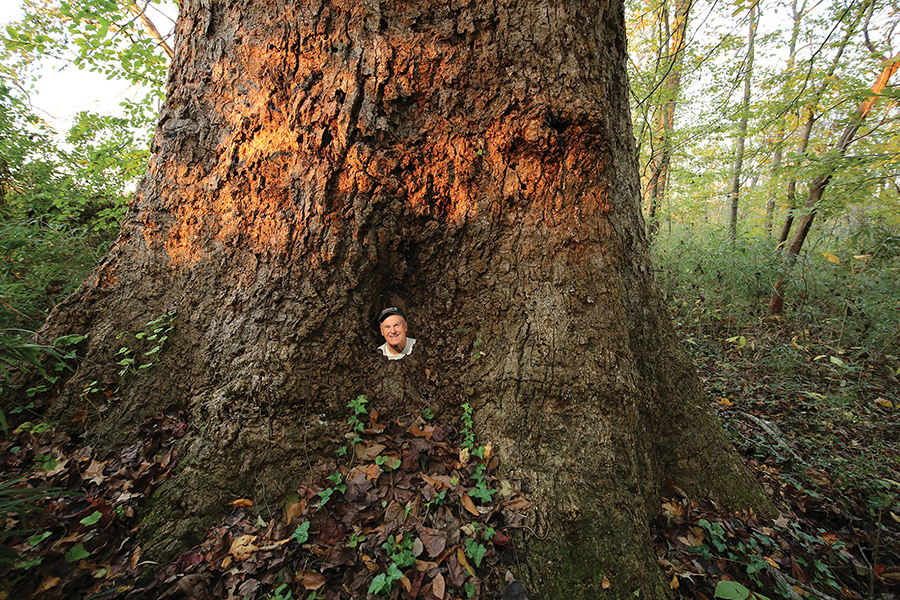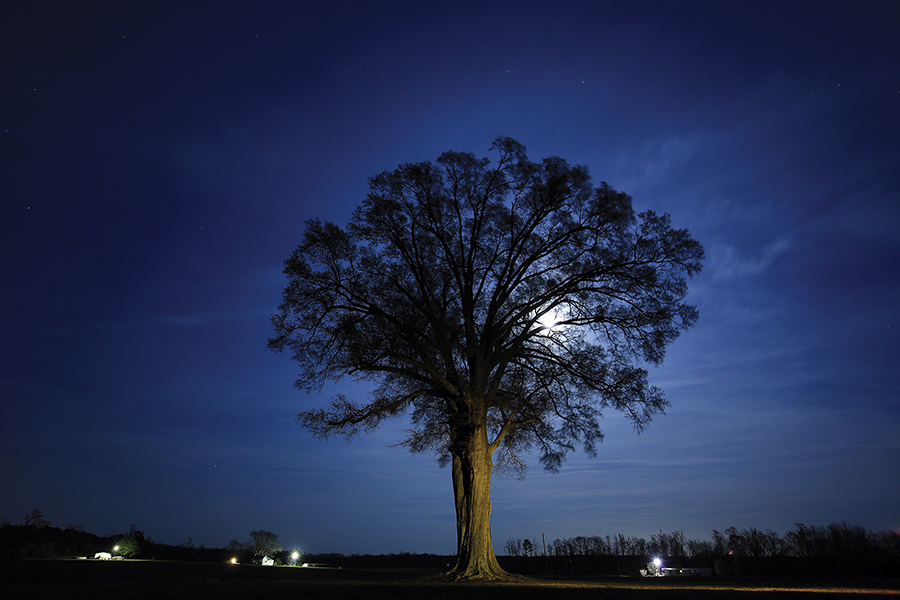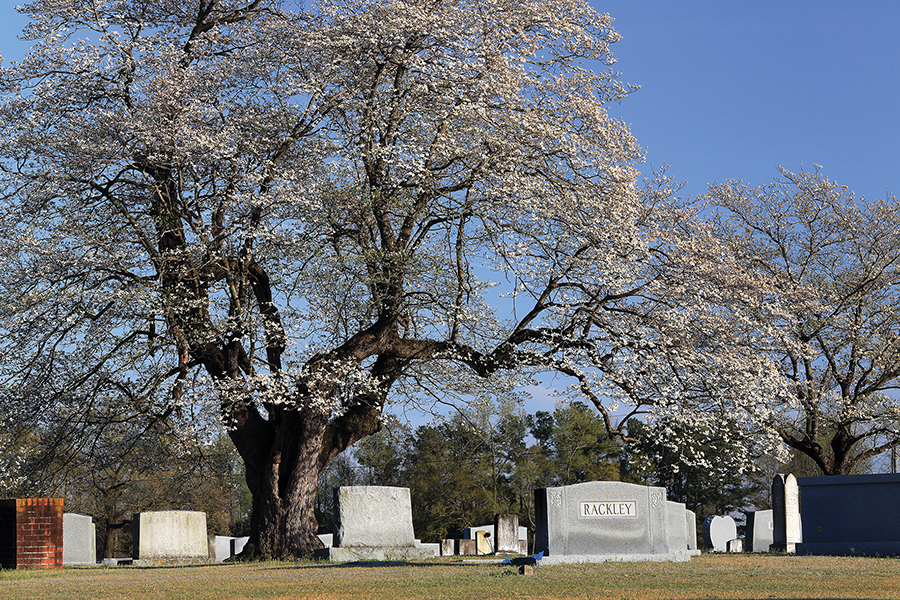Tiny Love Stories

Design by Keith Borshak
The assignment was simple. Well, maybe not so simple. Write a love story in 100 words or less. As the old saying (often attributed to Mark Twain, because if we don’t know where stuff comes from, we always attribute it to Twain) goes, “I apologize for the length of this letter. If I’d had more time it would have been shorter.” The story could be about a significant other, or not. It could be fact or fancy. It just had to be short. As it turns out, wonderful things come in small packages. — Jim Moriarty

It happened on a frigid winter morning, probably sometime around 1965. I was 12. My father was an early riser who loved to cook breakfast. I was too. One morning I wandered out to the kitchen, where he was stirring some kind of white goop in a saucepan.
“What’s that?” I asked.
“It’s called SOS.”
“What’s that?”
“In the Army we called it shit on a shingle. It got me through the war. See if you like it.”
He brought me a plate with the white goop on toast.
I’d never tasted anything so wonderful in my life.
Still haven’t. — Jim Dodson
She floated through a series of ports over the years, stitched together by a singular guiding thread. A short stretch in her life when she taught piano coincided with a suspended moment in mine when I was in need of a teacher. Shy, stubborn, a fish out of water, piano was my solace. Pat took me in, a boy of 7, sensed a spark and painted a vista of my life in music, as if peering back nostalgically from some future shore. When the time came, she untethered me and set my sail. She loved me. And I loved her. — David Michael Wolff
He reaches a raisiny hand for hers, squeezes the knotted fingers. The wheelchairs are too far apart for kissing. Second best will have to do. She’s different than six decades ago but still the same. He smiles a golden retriever grin at the blue sky, sunny day. Hibiscuses spill onto the patio. A breeze whistles by. “Oooh.” He winces, like the chill took a bite. Concern lines his forehead. “Is it warm?” He raises a crooked pointer at her bare, bony arms. The words aren’t quite right — but close — momentarily resurfaced from tired gray matter by the habit of love. — Jenna Biter
In 1999 I was a flight attendant. Returning from Stuttgart, I told a fellow flight attendant about a dream I’d had the night before. In it, I met my husband, who had dark hair, dark eyes and was of foreign descent. We looked all through the plane before take-off but didn’t see him. Before landing, as I was changing my shoes, a man walked up and said, “Excuse me, would you ladies happen to have a lint brush?” The man from my dream was standing right before me. Black hair, brown eyes, of Greek descent. We married 10 months later. — Cherry Amanatidis
I see Mom’s footprints in the sand, her arches so high only the impression of her toes, the ball of her foot and the heel appear. Her feet turn out at a 5 degree angle, as though she wants to go somewhere else — left? Right? I see her sun-kissed and windswept walking away from me, alone, kicking at sea foam, crouching to admire a shell. She is getting smaller and smaller until she’s a dot on the horizon, and then I see her reappear through wavy heat, returning, defined, getting larger and larger, until she is here with me again. — Marilyn Barrett
I was recovering from knee replacement surgery and had been sleeping in a recliner in the den. One early morning, just as dawn was starting to gather in the East, Evelyn got up and for some reason came out to check on me. My eyes were closed and she thought I was sleeping. Very gently she tousled my hair and stroked my arm. It felt like I was being touched by an angel. Nearly 56 years into “us” she is still my girlfriend. — John Dempsey
Early in our relationship, Lisa came with me on a Scottish golf trip — a big stretch for a relatively new player. I got wind of a golf tournament we could play in while there. Lisa was game, provided we would be playing together. “No problem,” I said. Upon arriving, we discovered (to my chagrin) she was on her own, paired with three excellent female players. Had Lisa refused to play and ditched me forever, I wouldn’t have blamed her. Instead she played — as good-natured, endearing and romantic a round of golf as ever there was. — Bill Case

She watched him from the chair that he placed by the window so that she could “keep an eye on” him. Watch him shovel the snow from the front steps. The kids, he told her, were “coming for the occasion.” What occasion? Was it her birthday? She would ask him later.
“No, my sweet darling, it’s not your birthday yet,” he smiled as he came to her chair side. “It’s the luckiest day of my life, 50 years ago today we said I do.”
Tenderly he cradled her face in his cool hands and kissed her. “Forever, I do.” — Neville Beamer
“I was there,” Myra said.
“I was there,” I said.
That was our last phone call. Feeling the crush of being a first-year med student, Myra was unsure about the relationship with “my favorite sportswriter,” her label on a balloon bouquet I received at the paper.
We talked after she got out of class. I waited at one door of Stone Hall. She waited at another. Each of us left not knowing the other had shown up.
I carried the frustration of that missed connection for 17 years, to another door in another city. When I arrived, Myra was waiting. — Bill Fields
It was July 3, 2020. Despite COVID cancellations, restrictions and military orders, I had convinced my fiancé to keep our original wedding date. Four days before, he agreed. We secured vendors, rings and cake. The venue? Our apartment.
More than 75 screens with our loved ones’ faces joined our officiant and musicians on Zoom. Two friends used roaming and static cameras to capture it all. I walked down the aisle in our kitchen. We shared our vows in the living room and had our first dance in the dining room. Hope and love found a way. It was virtually perfect. — Lorelei Colbert
Jackson’s a chocolate Lab. I’ve always wanted a dog, but he’s more for Wylie. We stand under the willow with the water running out the hose, Jackson, Wylie and me. Dandelions cover the lawn: a yellow rebellion.
When Wylie was 4, a pit bull took a tiny chunk of his left cheek.
Wylie turns the bottle of soap upside down and squeezes. You can rub it in, I tell him. It’ll feel good. Wylie’s hand hovers above the river of shampoo, hesitant, and Jackson sits on the wet grass, covered in strawberry-scented soap, straight, still, waiting for my son’s hand. — Katrina Denza

Having gone on without any rehearsal to cover an actress who had to be out that night, I was shattered from stress. I was dating a fella who said to come “home” to his place after the show.
I rang the doorbell and collapsed into his arms. He led me to the bedroom, where he had a robe and a hot bubble bath all drawn for me. He settled me in and came back with two glasses of Champagne. He perched on the tub, handed me a glass and said, “Now, tell me everything.”
Why would I not marry him? — Joyce Reehling
There is a Japanese art of repairing broken pottery by joining together the cracks with gold. It is a reminder to celebrate flaws and missteps in life. Last year every single aspect of my life turned to a misstep. Then slowly, one day at a time, the cracks began to fill with gold. The cracks were filled by little surprises and unexpected moments. Things I would have never conjured up myself. Now I welcome the flaws and missteps because we need to be cracked open! That’s how the light gets in. — Brady Gallagher
He was 96, drifting in and out of awareness, in a hospital bed in the downstairs of the home he built with his own big hands, the home where I asked him almost 50 years before if I could marry his daughter. She and I were leaving in the morning. As her brother and sisters watched, she took one of those hands in both of hers and, knowing she would never see him alive again, squeezed it softly and said, “I love you, Daddy,” and my heart broke, for her, for him, for us. — Jim Moriarty
We met in Chapel Hill, on a drizzly Wednesday morning. I tried to postpone, thinking a few more months could do us both good, but you wouldn’t wait. I imagine we were both scared — I certainly was. You were tiny, but that first cry was strong and clear. Every day since then, little girl, I’ve loved you more. Your fearlessness, your voice that has learned to speak and sing and say Mama. I had explored before, across mountains and deserts, combat zones and tourist traps. Now, my favorite adventure is rocking chairs and read-alouds and rainy days with you. — Amberly Weber

On break from Howard University, I went to a Pinecrest basketball game, where I saw the most beautiful woman in the world. Her cocoa skin, her million-dollar smile, her almond-shaped eyes made time stand still. One of my brother’s friends said, “Don’t waste your time, she won’t give you the time of day!” Not only did she give me her time but she gave me her unconditional love, her hand in marriage, and two wonderful sons. If I could live my life all over again, I would try to find her sooner so I could love her longer. — Mitchell G. Capel
I was hosting that morning. I wasn’t supposed to be. Usually I served in the evenings. But not today.
The restaurant was empty that morning. It wasn’t supposed to be. Usually Saturday mornings saw lines out the door. But not today.
I saw him when he entered. The man of my dreams. We chatted. I had his server bring him a birthday treat. As he left, I hastily wrote my number on a piece of receipt paper.
That was 2011.
One day, it might sink in that I get to spend my whole life with this man. But not today. — Cara Mathis
Not all things begin at the end, but our love story does. After one has their heart shattered into a million tiny pieces, the kind that are so delicate and scatter, like a glass ornament that fell on a hard floor, you don’t ever expect to recover. In a way you don’t. But, if you take two people who suffer the same grief and put them together — much like a punchline — what you end up with is a hopeful and beautiful beginning. You have unbreakable, insane and unexpected love. This I know. — Beth MacDonald
He’s been gone more than four decades, a victim to that three-packs-a-day habit that snared so many in the mid-1900s. But I loved everything about my dad, Thomas Aiken Pace. He introduced me to Tar Heel sports, Dizzy Dean, Sonny Jurgensen, Frederick Forsyth, a cold Falstaff, a marinated steak, the curveball and a Stingray bicycle. On rainy days, he’d drive me on my paper route, and I think he knew full well I was sneaking looks inside the Playboy magazines in his drugstore. And from this most gentle man I learned there was no good reason to ever raise your voice. — Lee Pace
I make a big deal of birthdays. Ryan is a Leo, so his comes first between the two of us. “It’s just another day,” he’d say. Naturally, I ignored that for his 23rd and made it my mission to make it the best birthday ever. Giddy was the only way to describe him that day. That’s the smile I hold on to. He repaid the sentiment on my 21st. It’s still the best one. In two more years I’ll catch up to his age, 25, and when I blow out my candles I’ll wish for him. — Emilee Phillips
We got home from a night at the neighbors. The house was glowing with warm light as we hurried to escape the cold. The dog needed to go out, so I lingered as you went inside. New lights came on and you appeared in the kitchen window in full pajamas and favorite robe. I watched as you danced your funny little dance in the light of the open refrigerator. The dog and I soon returned inside to hear there was no music playing at all. You saw my face and asked me, as you often do, “Why are you smiling?” — Anthony Parks

1971, London, Soho, lunchtime. I see a large rubber plant walking toward me with attractive, female undercarriage. As it got closer, I recognized its carrier – none other than the beautiful girl in the office I fancied from afar. I asked her if she had had lunch. Two minutes later we were sitting down in an Indian restaurant talking away over the poppadoms like we’d known each other all our lives. Three months, and quite a few curries later, we were engaged. We just got back from London celebrating our 50th. The Indian is still there. Rubber plant, not so much. — Tony Rothwell
The curtain rises (if there is one). The stage is set for a love affair unlike any other. The performers rehearsed for this moment when they use their energy and passion to act their hearts out. Tonight’s audience doesn’t care how good you were last night! Something special happens: an electric connection between performer and audience. For well-trained and well-prepared actors, craft and technique disappear. We’re living the performance together. Our love affair transcends time and space. Thriving, flourishing, and changing every night, every matinee . . . everywhere there’s a stage and an audience. Surrender. Let love change us. — Morgan Sills
You still sport that boyish grin, the same one you used when, after a lovely dinner and seemingly endless tour of Raleigh Christmas lights, you plucked up the courage to ask if I’d “bear your children.” High school, college, Greek parties, Crazy Zacks, and Jimmy V wins. We danced to beach music with sand between our toes, and “With This Ring” still means forever. Sometimes 44 years feels like a lifetime ago until that grin brings me back to our first kiss — stolen while gathering Spanish moss for a Christmas float, when I was 17 and you were 18. — Kathryn Talton
He was leaning in for a kiss. Should I turn away? I had a boyfriend, after all. Sort of. Everything was happening in slow motion. I’d had a crush on Alan since the day we met, almost three years earlier. As friends, we’d watched each other bend for relationships that never seemed to fit. But love wasn’t supposed to be simple, was it? Being with Alan never seemed like an option. His lips were so close mine were buzzing. Now we were living 300 miles apart. This wasn’t exactly convenient. Yes, it’s what I wanted, but — contact. — Ashley Walshe


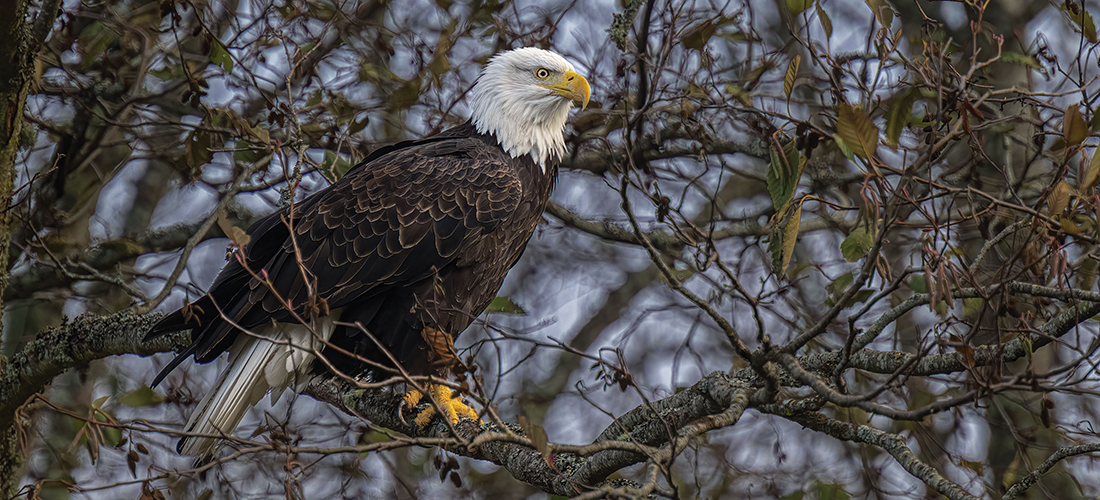



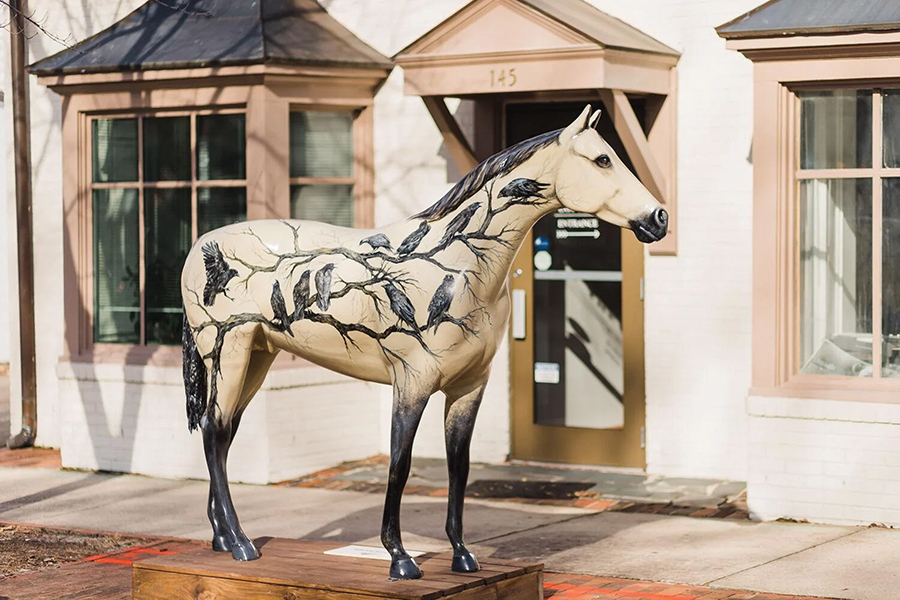

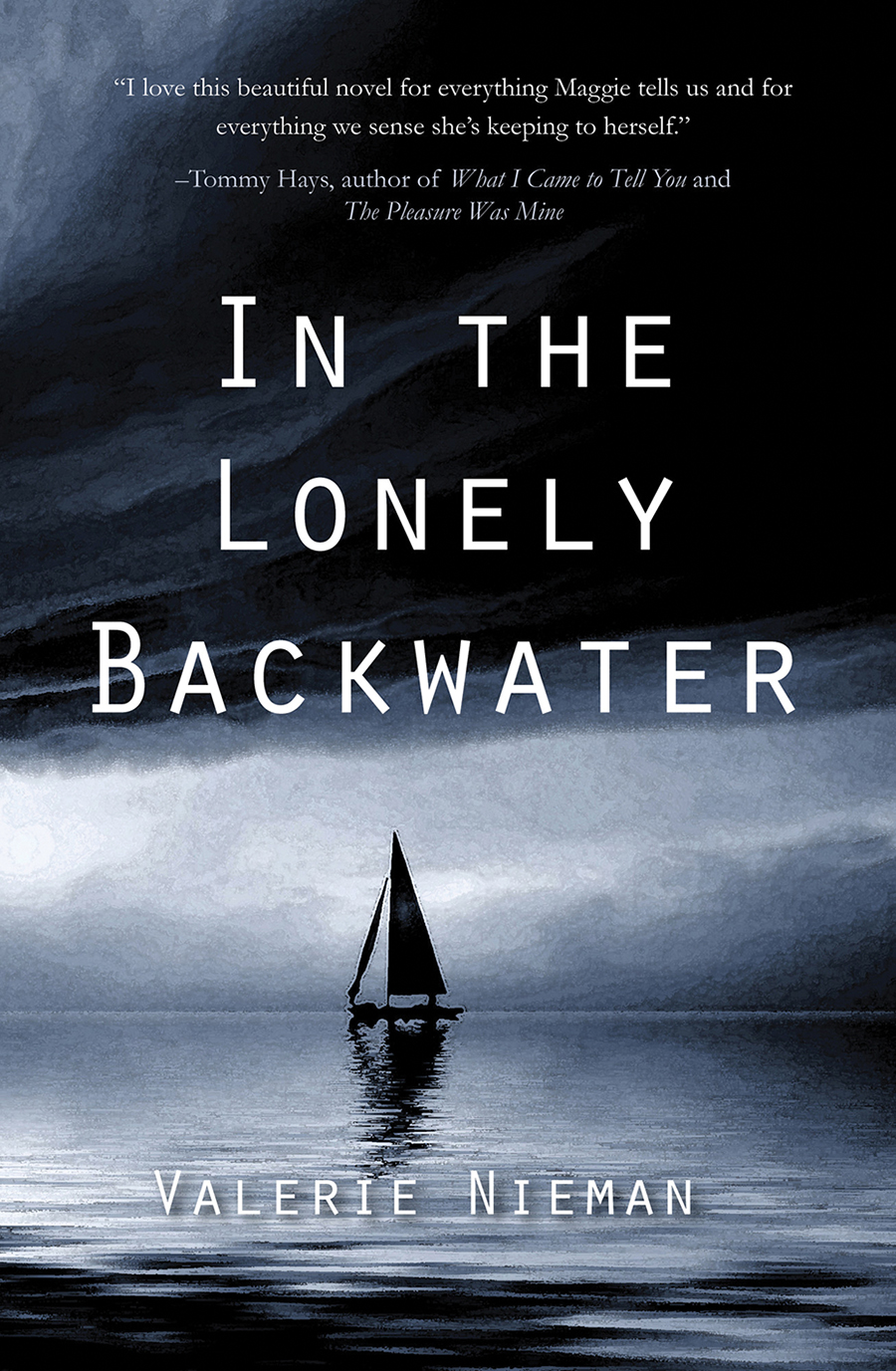
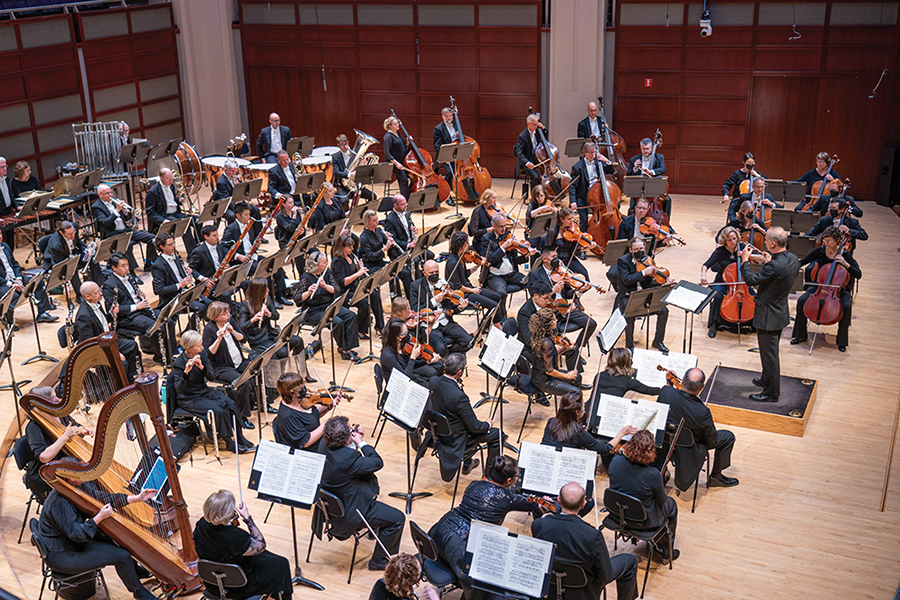
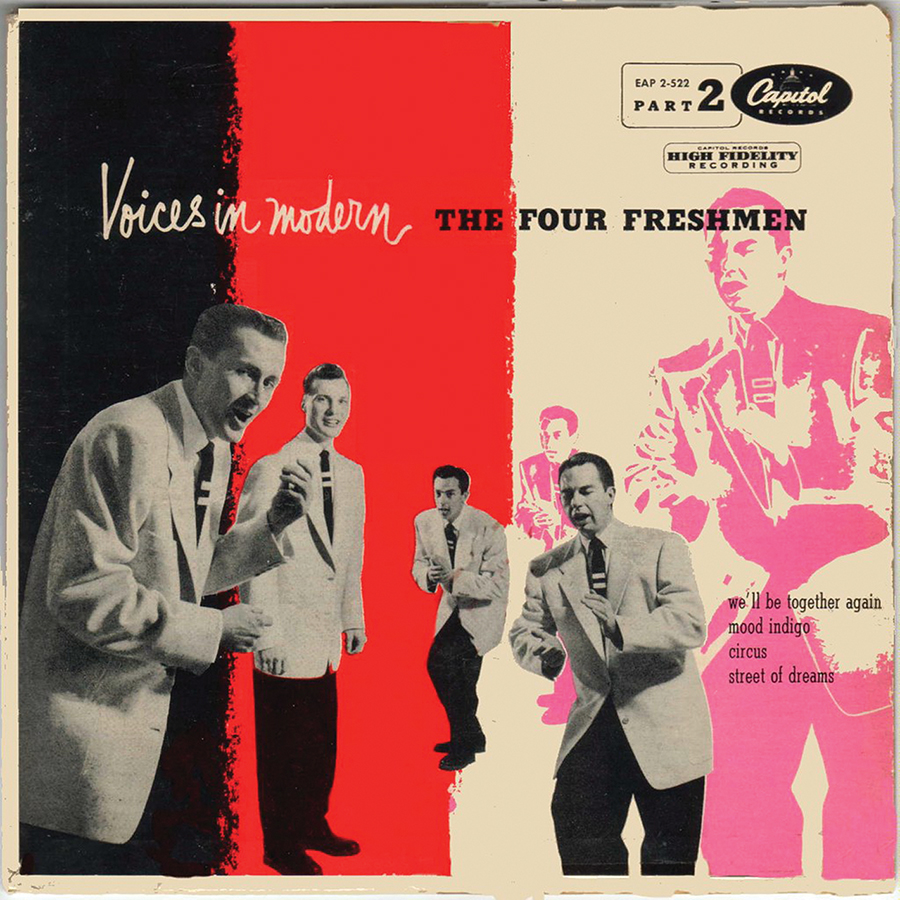
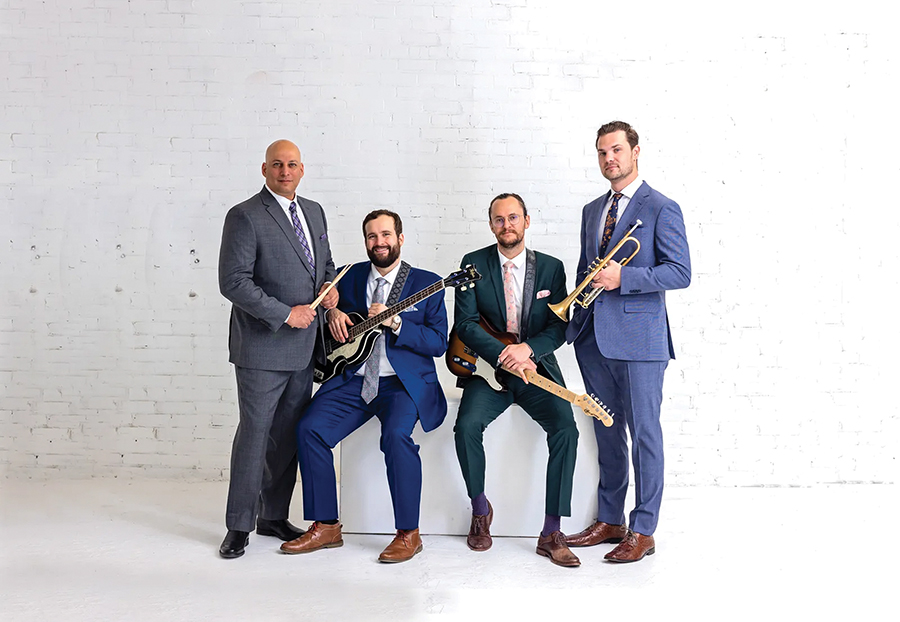
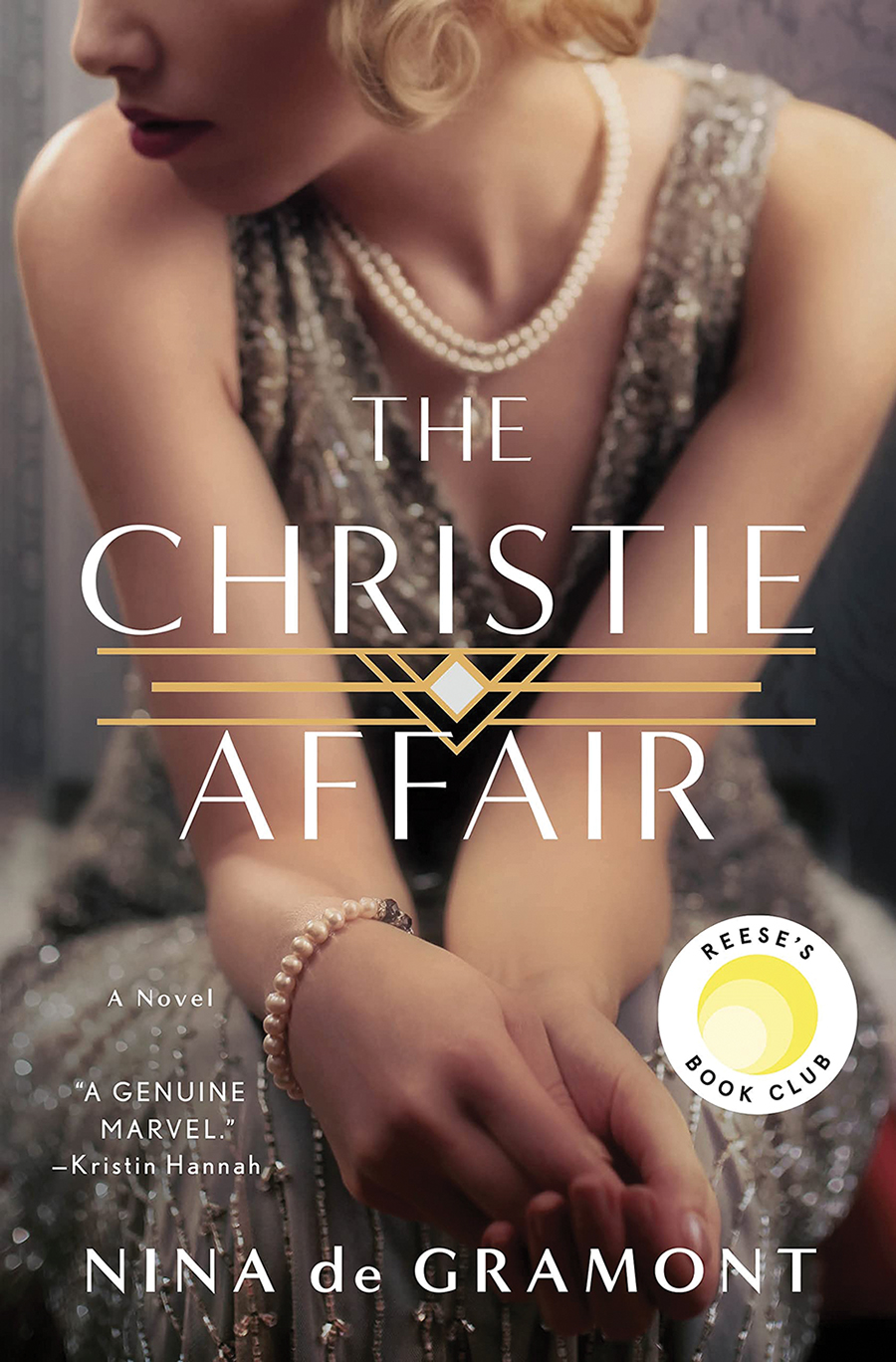


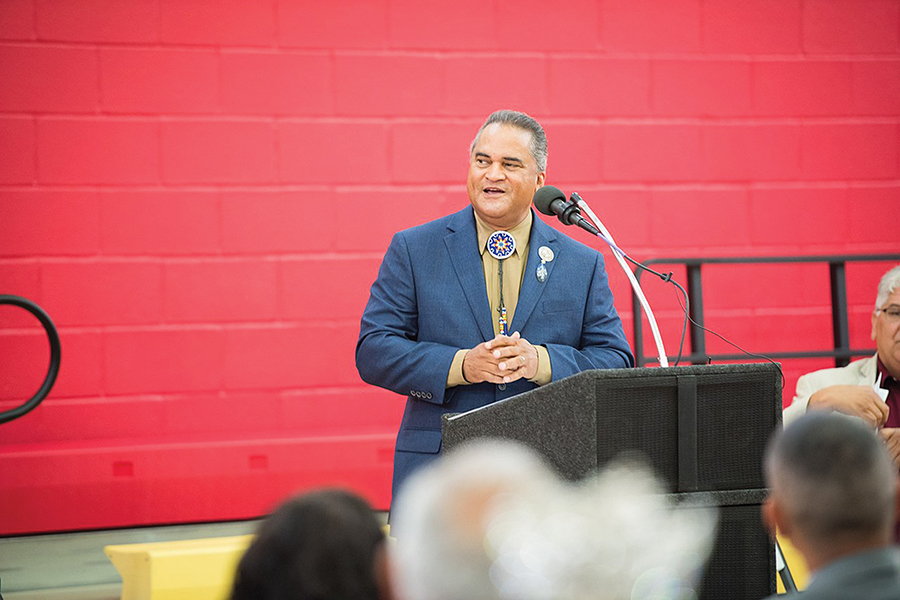

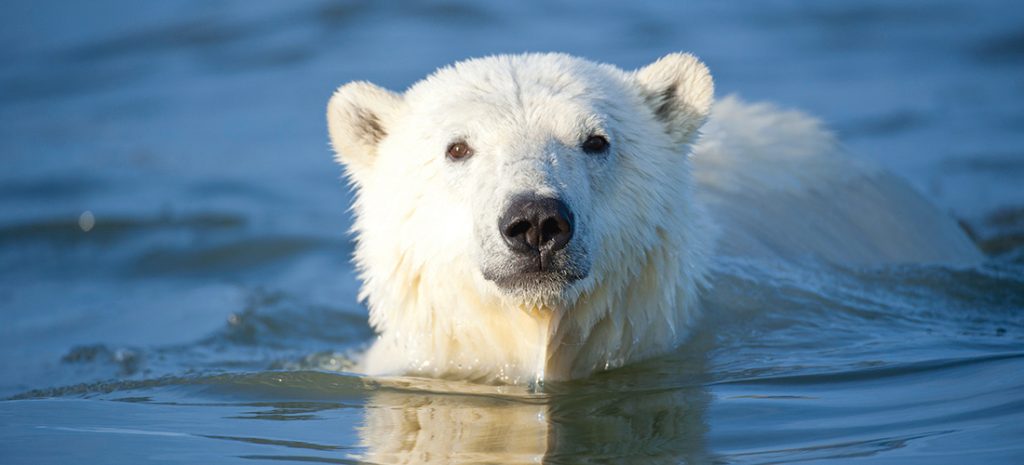


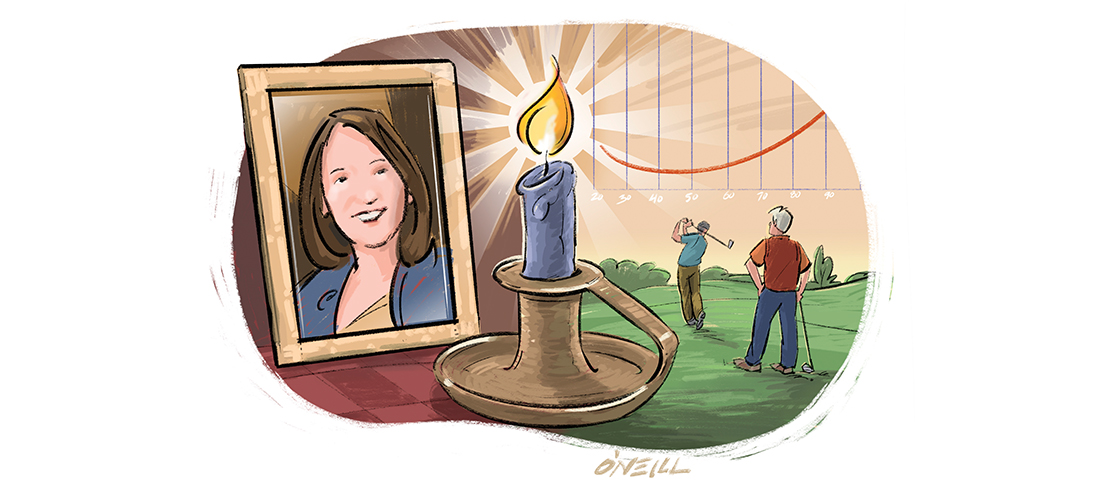
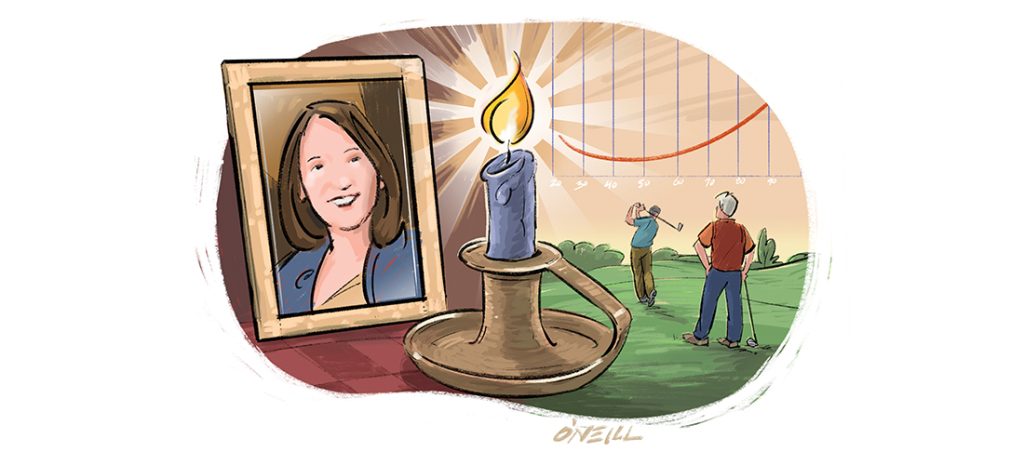
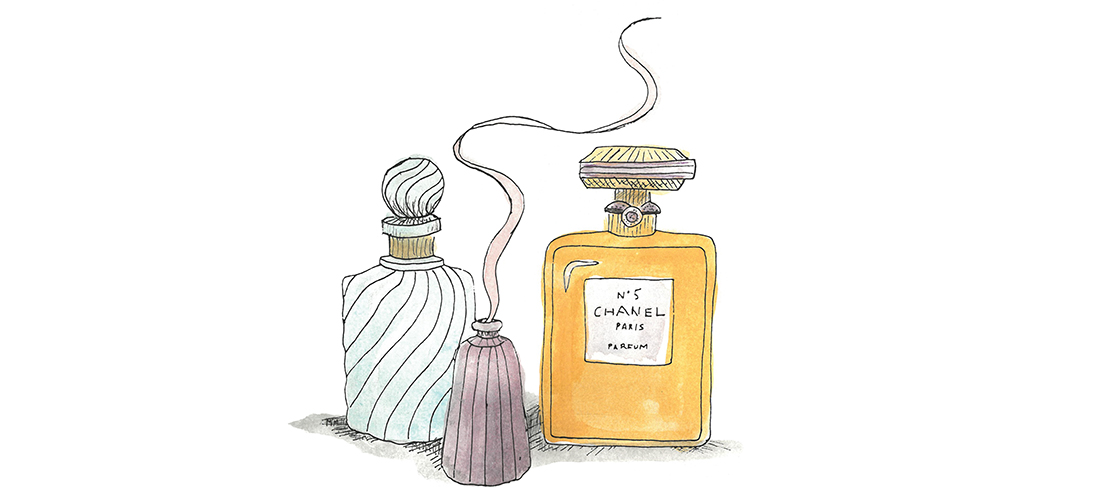
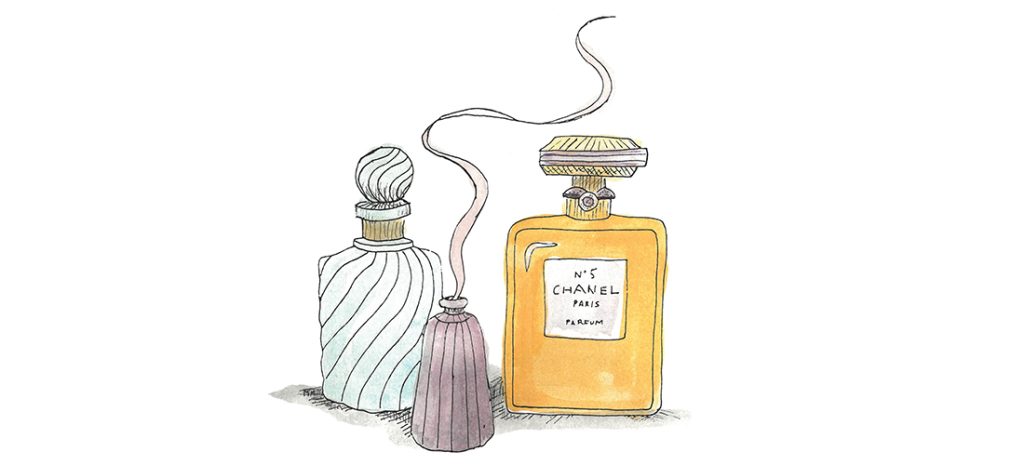
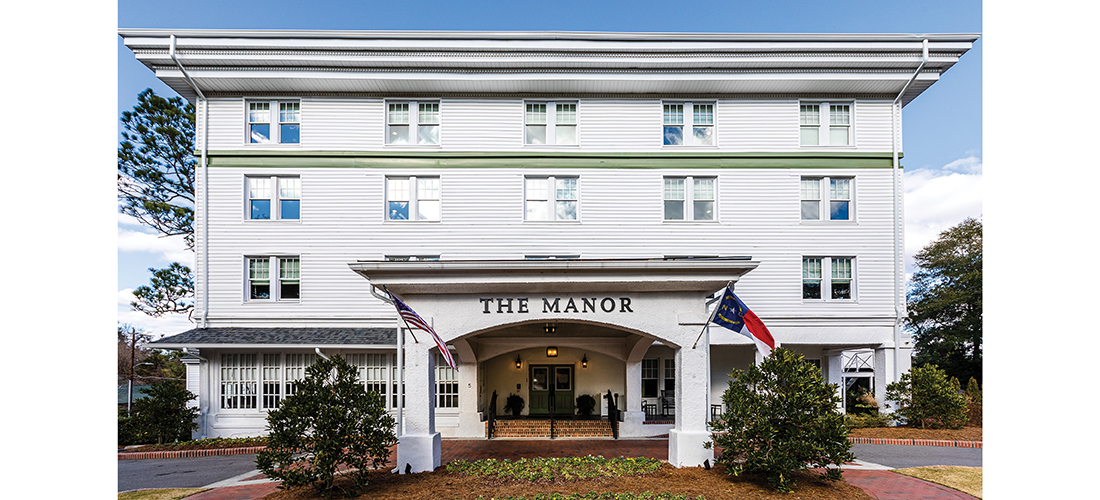

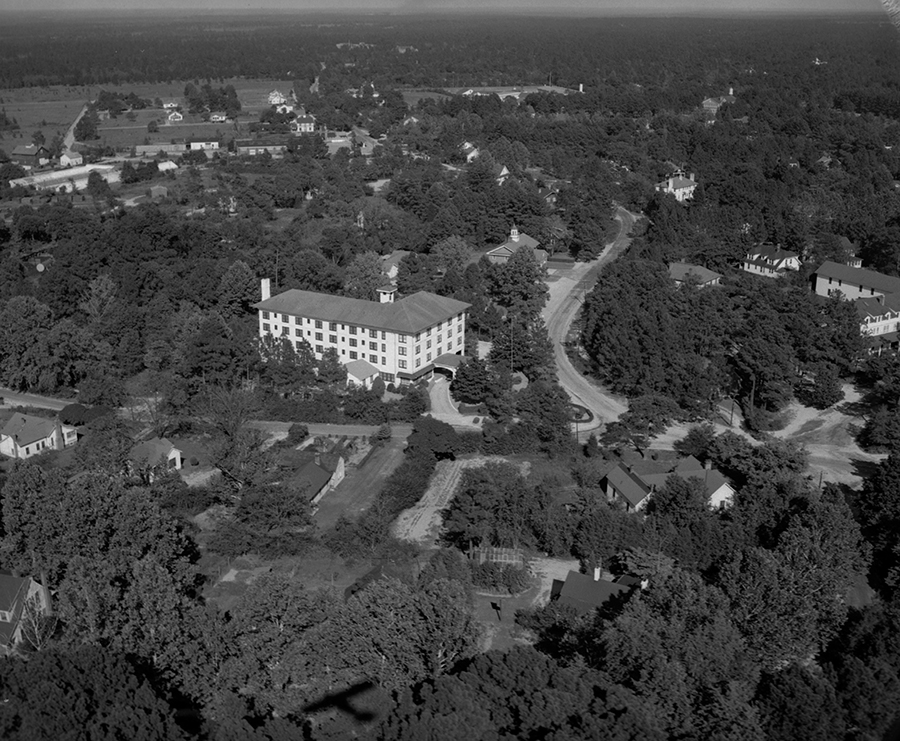
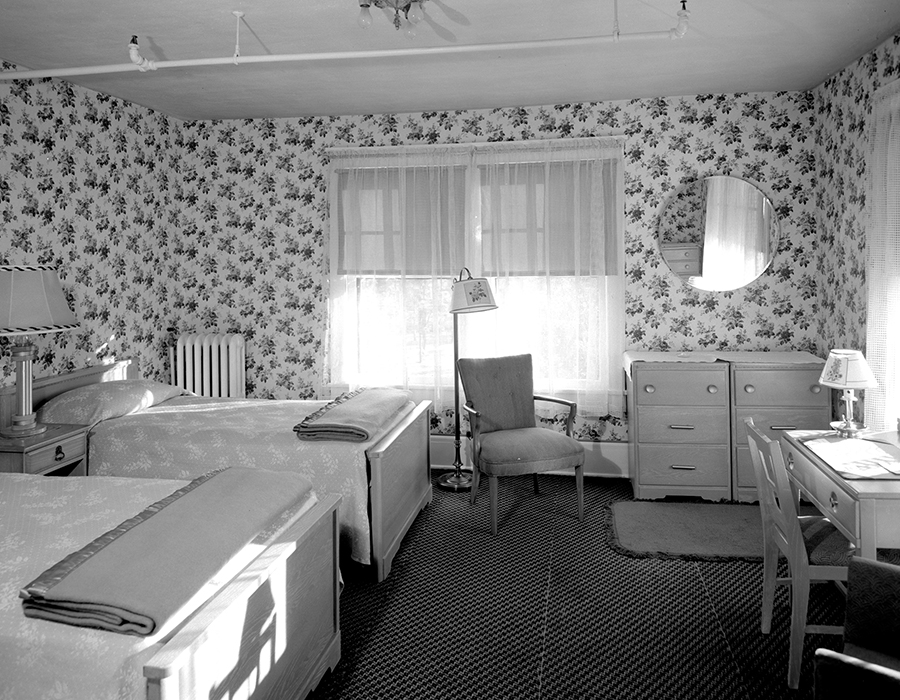

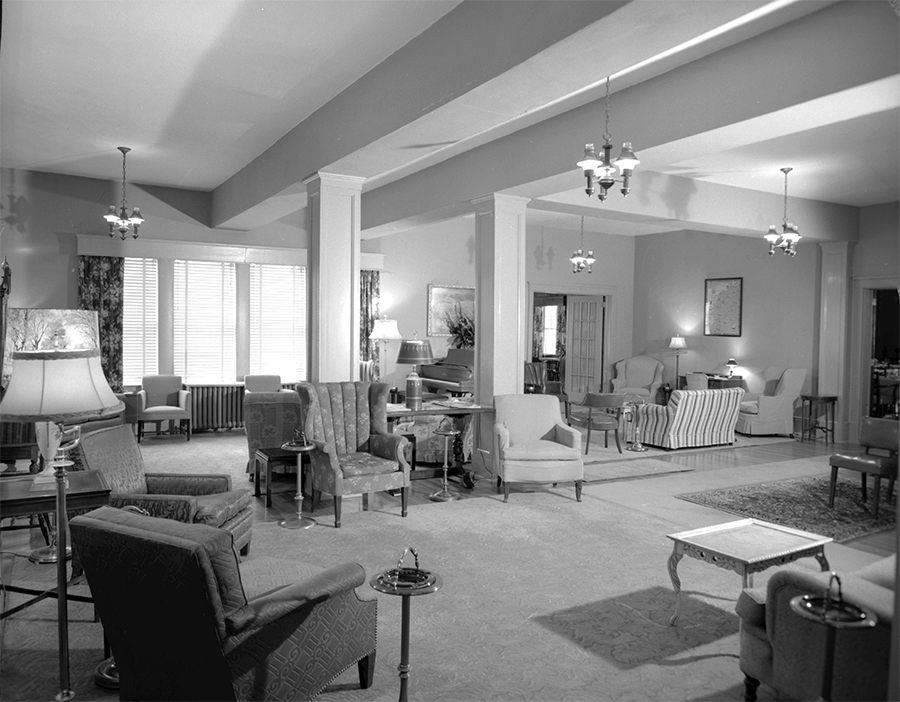



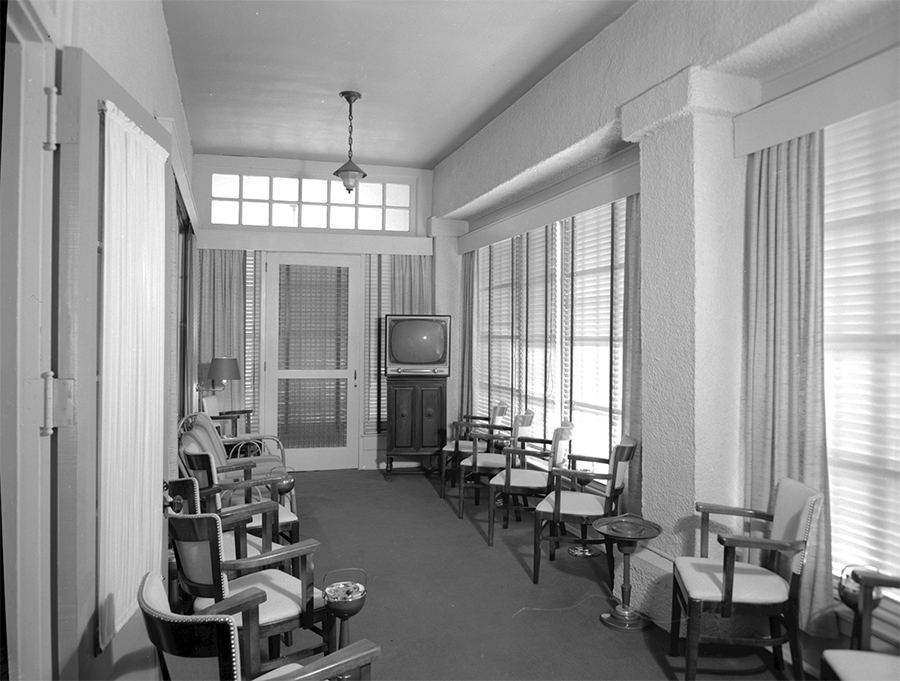

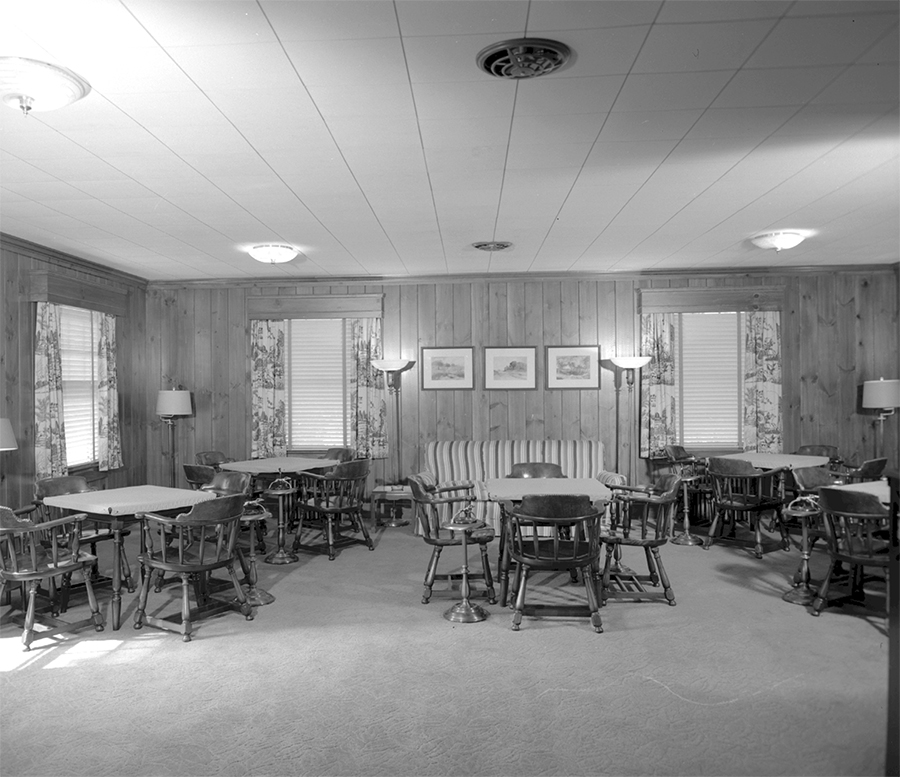

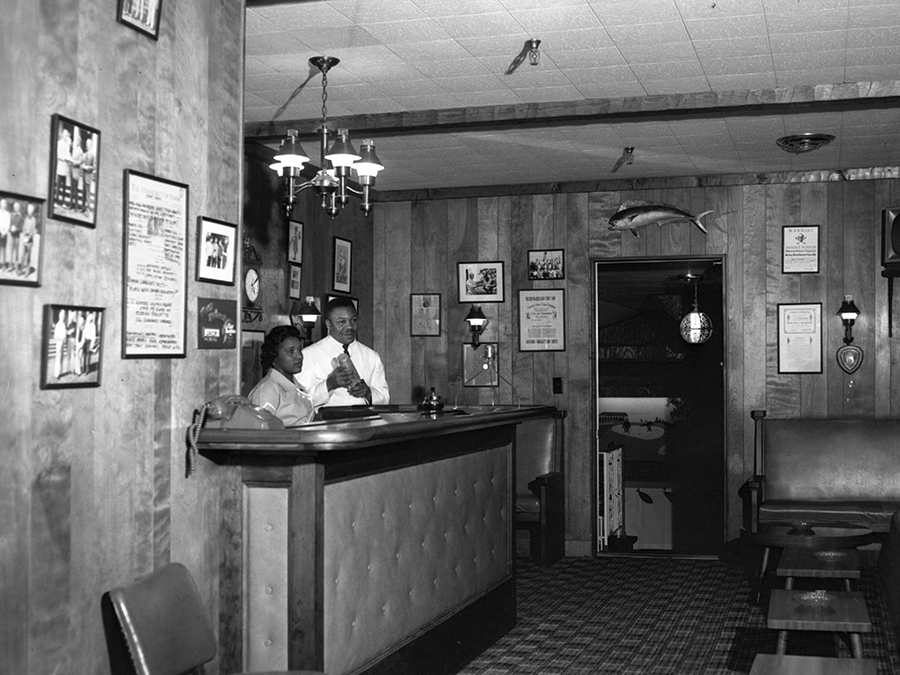

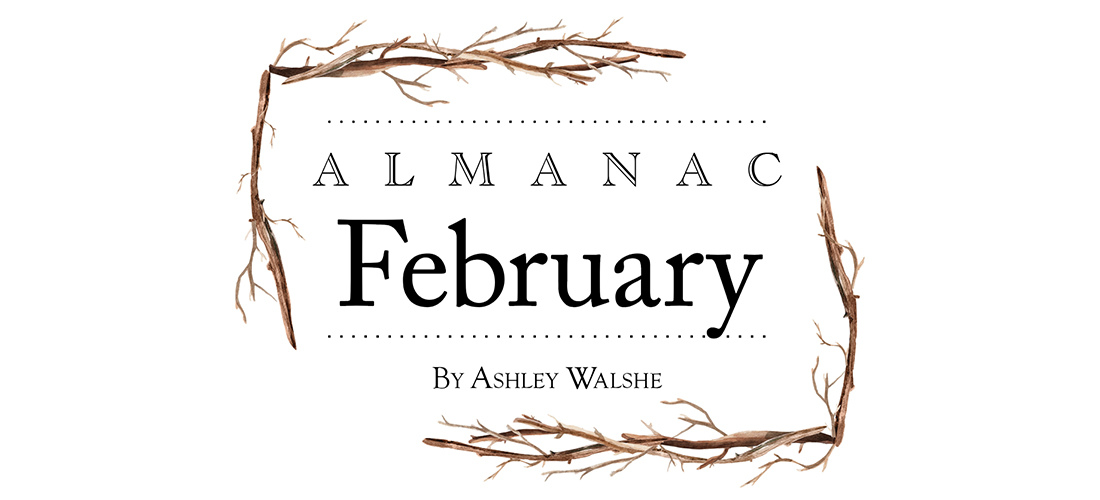
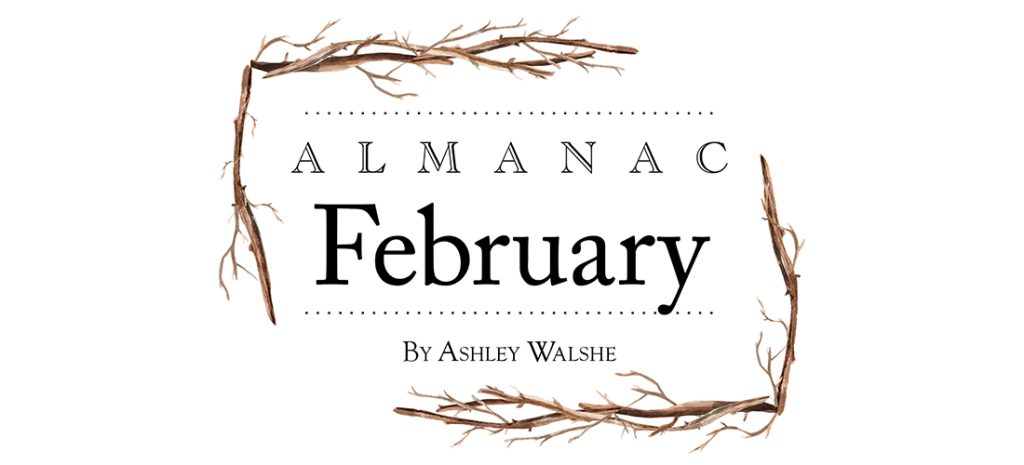
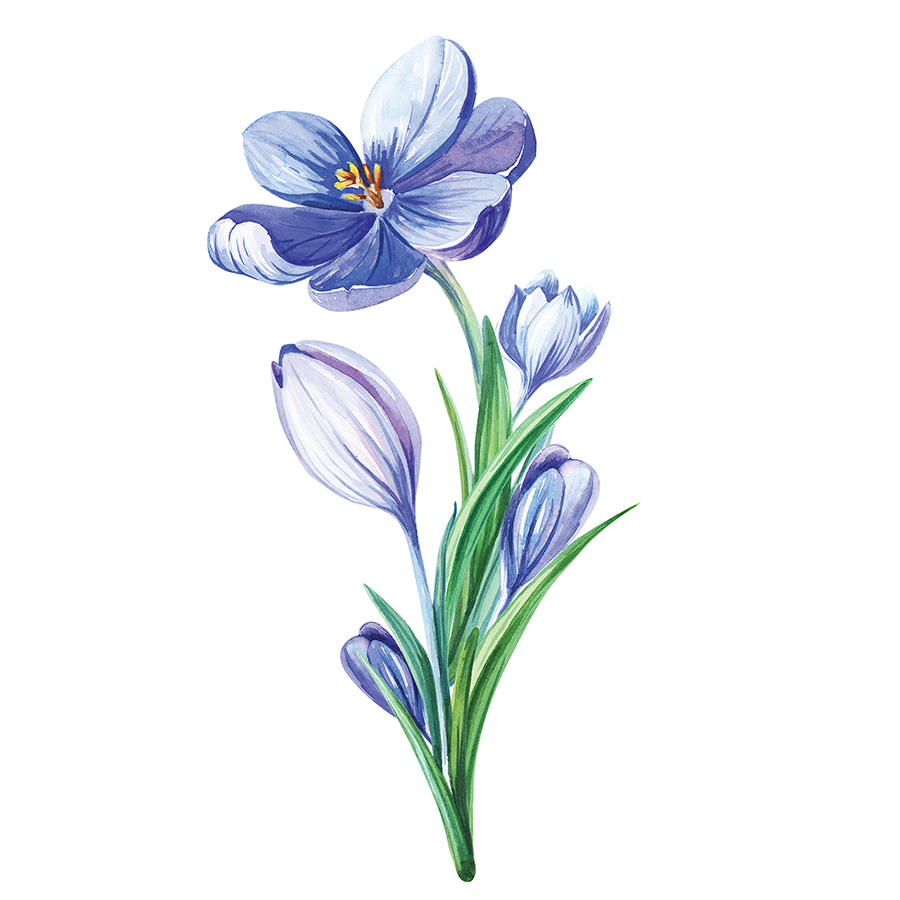 F
F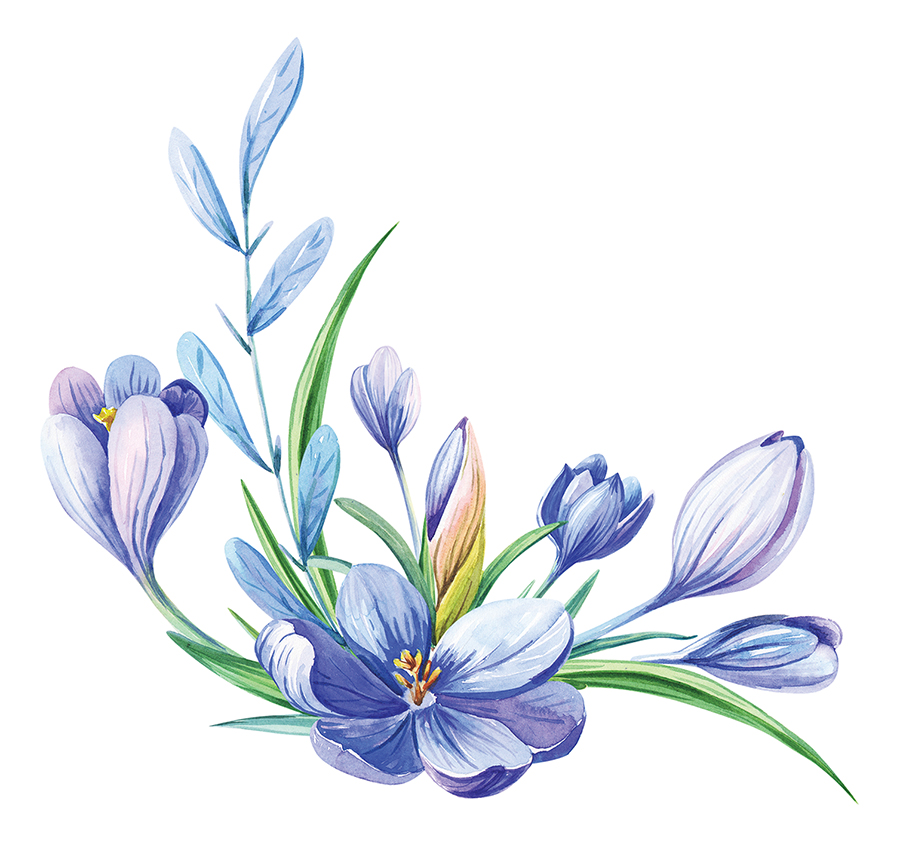 February offers contrast.
February offers contrast. 